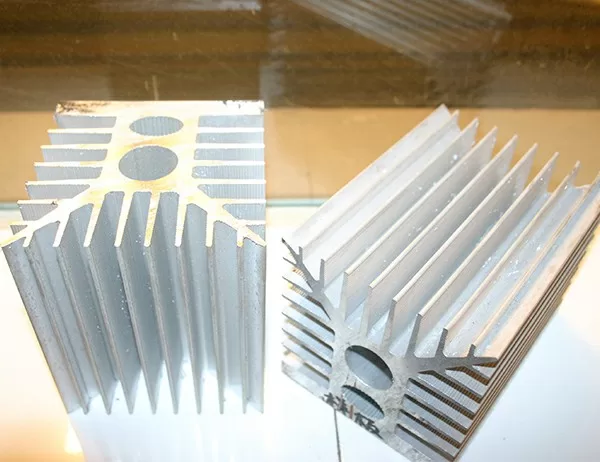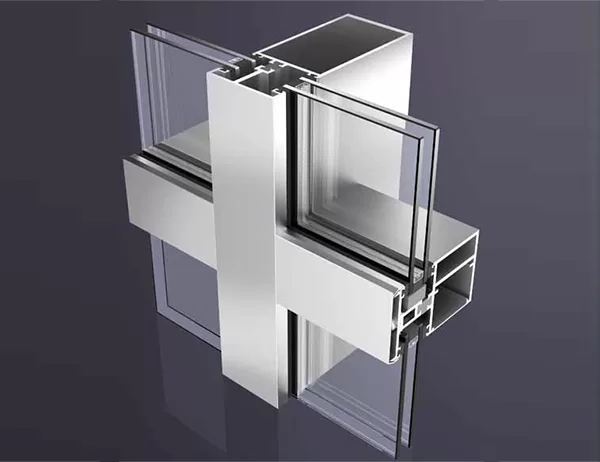In the realm of industrial design and engineering, selecting the appropriate size of extruded aluminum tube can be a critical decision, shaping both the structural integrity and aesthetic appeal of a wide range of applications. From towering skyscrapers to sleek automotive components, the dimensions of these tubes play a crucial role in determining their performance and durability.
Factors to Consider:
1. Structural Requirements:
The primary function of an extruded aluminum tube is to provide structural support. The tube’s size directly influences its strength and rigidity. Engineers must consider the expected loads, stresses, and bending moments that the tube will encounter in its intended application.
2. Space Constraints:
In space-constrained environments, such as electronic devices or medical implants, the size of an extruded aluminum tube is critical. Selecting the smallest possible tube while ensuring adequate strength and stiffness can optimize space utilization and minimize clutter.
3. Weight Considerations:
Weight is a crucial factor in many applications, particularly those involving transportation, aerospace, or portable devices. Extruded aluminum tubes offer excellent strength-to-weight ratios, allowing designers to achieve high structural integrity without excessive weight penalties.
4. Thermal Conductivity:
Aluminum is an excellent conductor of heat, making extruded aluminum tubes suitable for applications involving heat transfer, such as heat sinks or thermal management systems. The size of the tube affects its surface area and, consequently, its thermal conductivity.
5. Aesthetic Considerations:
In addition to their structural and functional properties, extruded aluminum tubes also contribute to the aesthetic appeal of products. The tube’s size influences its visual presence, affecting the overall design and user experience.
Selection Process:
Selecting the right size of extruded aluminum tube involves careful analysis of the aforementioned factors. It requires collaboration between design engineers, materials specialists, and manufacturers to determine the optimal dimensions for a given application. Engineers can utilize industry standards and technical resources to guide their selection process.
Conclusion:
Choosing the appropriate size of extruded aluminum tube is essential for ensuring optimal performance, durability, and aesthetics in various industrial and consumer applications. By carefully considering the factors discussed above, engineers and designers can select the ideal tubes for their specific requirements, maximizing the potential of these versatile and essential components.




